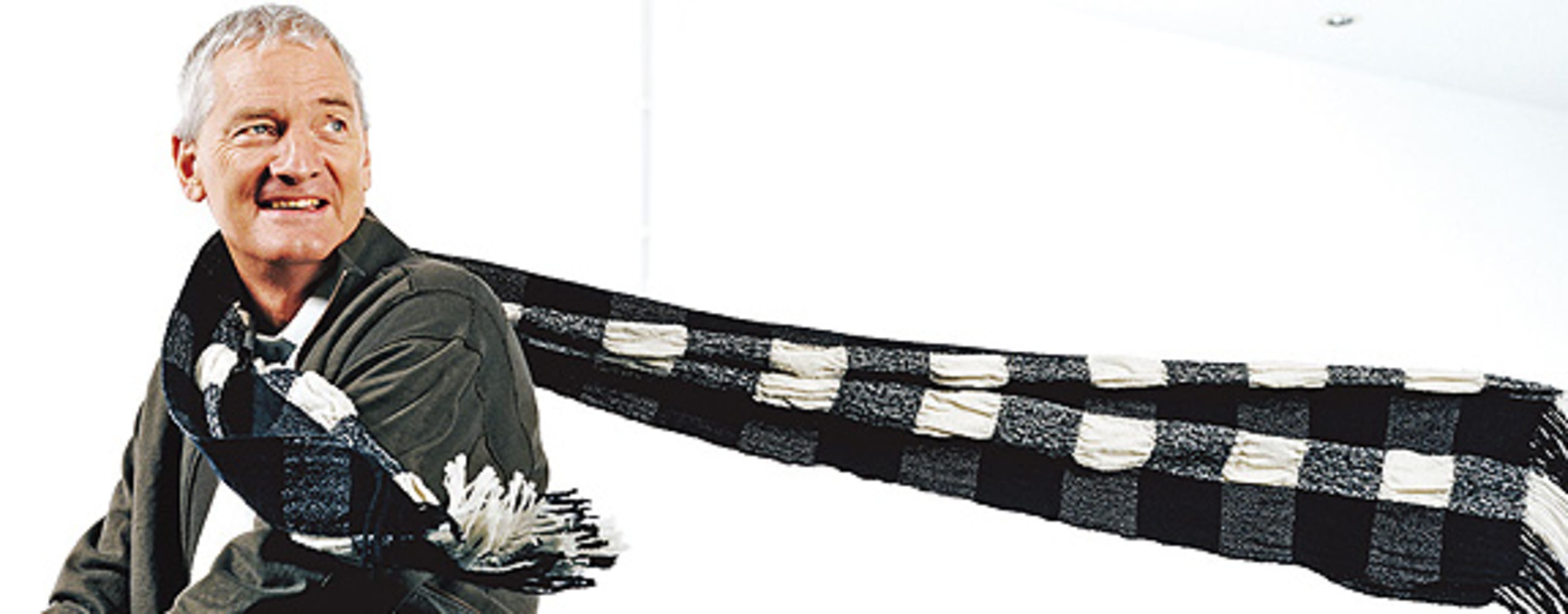Today, Dyson makes the best-selling vacuum cleaner by revenue in the United States and is one of the richest blokes in Britain. But it took him 15 years and nearly his entire savings to develop his bagless, transparent creation. His latest innovation, a hand dryer that uses neither heat nor evaporation, took only three years, but Dyson says his grinding, error-filled approach hasn’t changed.
You once described the inventor’s life as “one of failure.” How so?
I made 5,127 prototypes of my vacuum before I got it right. There were 5,126 failures. But I learned from each one. That’s how I came up with a solution. So I don’t mind failure. I’ve always thought that schoolchildren should be marked by the number of failures they’ve had. The child who tries strange things and experiences lots of failures to get there is probably more creative.
Not all failures lead to solutions, though. How do you fail constructively?
We’re taught to do things the right way. But if you want to discover something that other people haven’t, you need to do things the wrong way. Initiate a failure by doing something that’s very silly, unthinkable, naughty, dangerous. Watching why that fails can take you on a completely different path. It’s exciting, actually. To me, solving problems is a bit like a drug. You’re on it, and you can’t get off. I spent seven years on our washing machine [which has two drums, instead of one].
How did the hand dryer come about? We had spent 10 years developing a vacuum-cleaner motor that runs at 110,000 rpm, three times faster than other motors. So we can squirt air [at 400 mph] through a .2-millimeter slot and create an air “blade” that literally wipes water off your hands. We were doing research for another product when we discovered this use. The Airblade dries hands in 10 seconds instead of 40, which means it uses less than a quarter of the energy. My business plan is to use technology to create a better product that solves a problem and is well designed. Do that and people will want to buy it.
What’s the main lesson from those 15 years’ developing the vacuum? It can take a very long time to develop interesting products and get them right. But our society has an instant- gratification thing. We admire instant brilliance, effortless brilliance. I think quite the reverse. You should admire the person who perseveres and slogs through and gets there in the end.
Recognize your brand’s excellence by applying to this year’s Brands That Matter Awards before the early-rate deadline, May 3.
